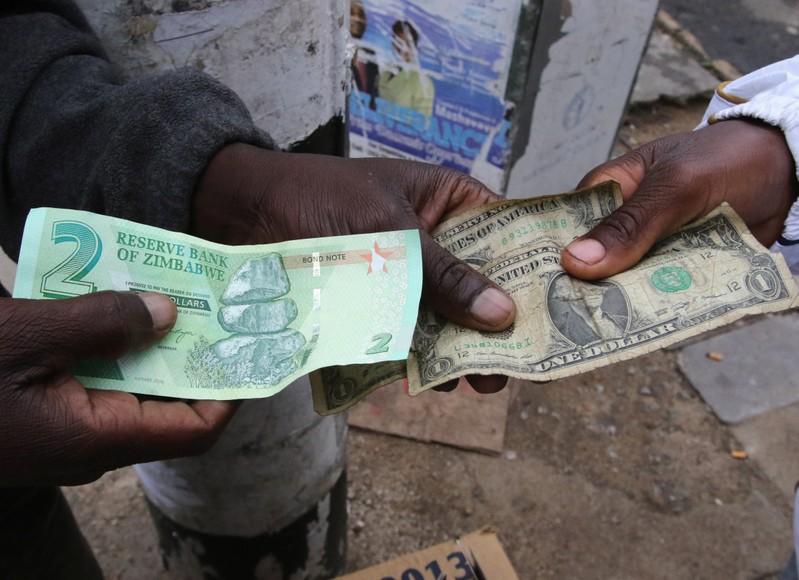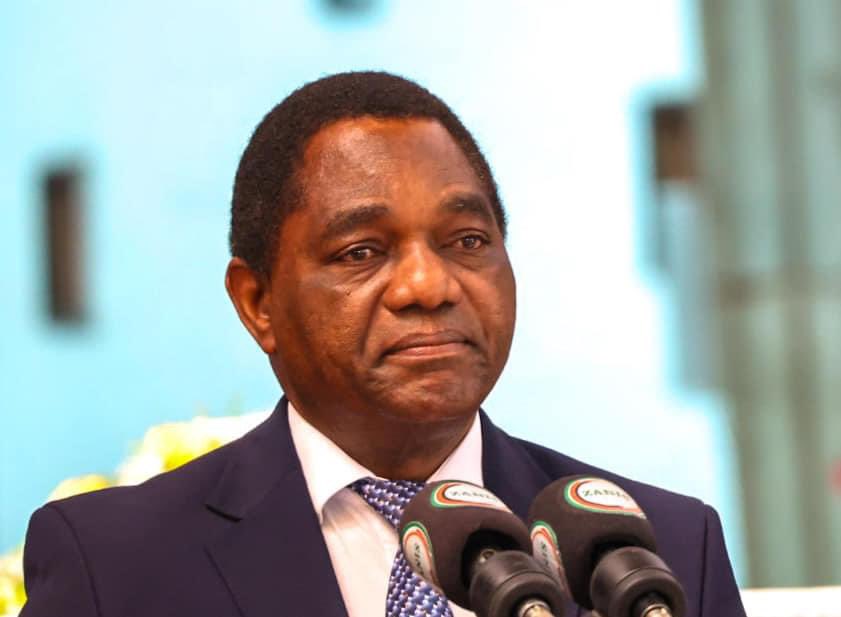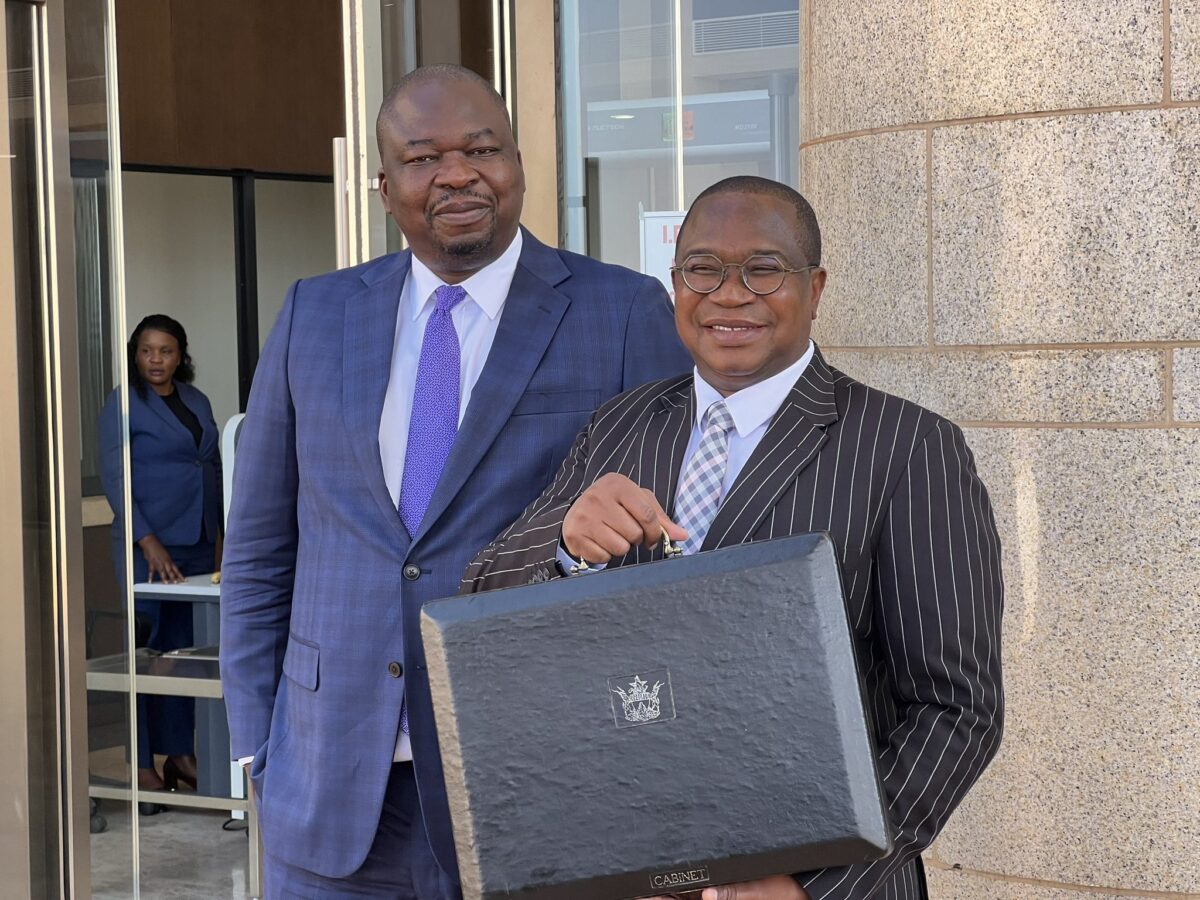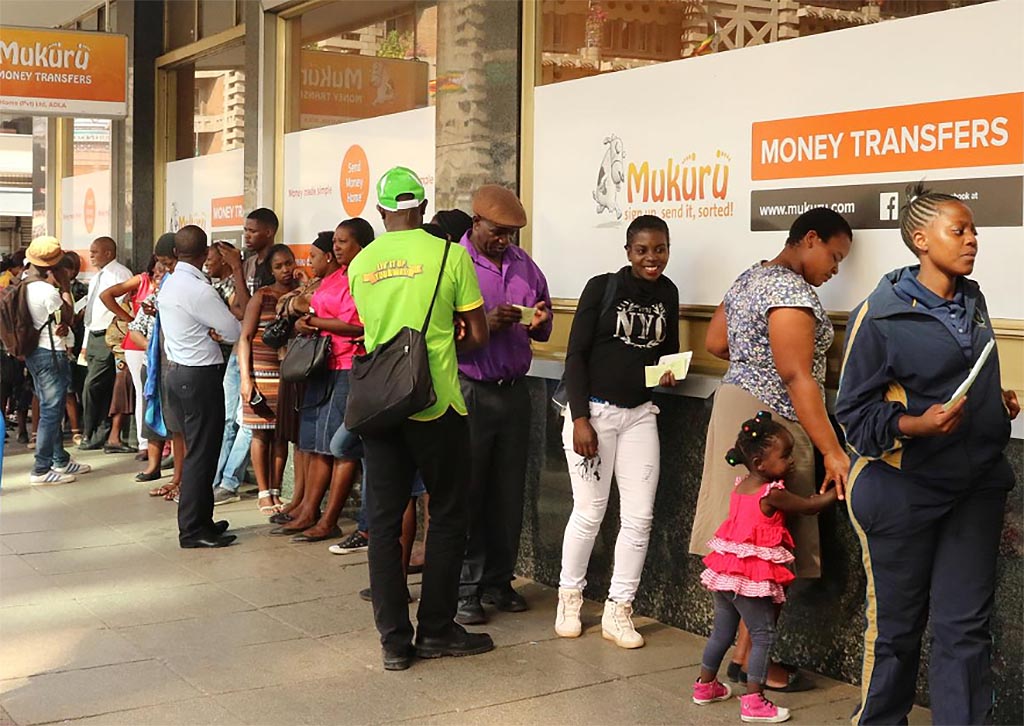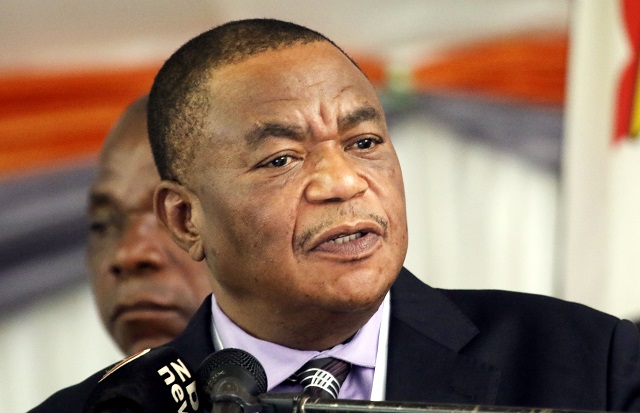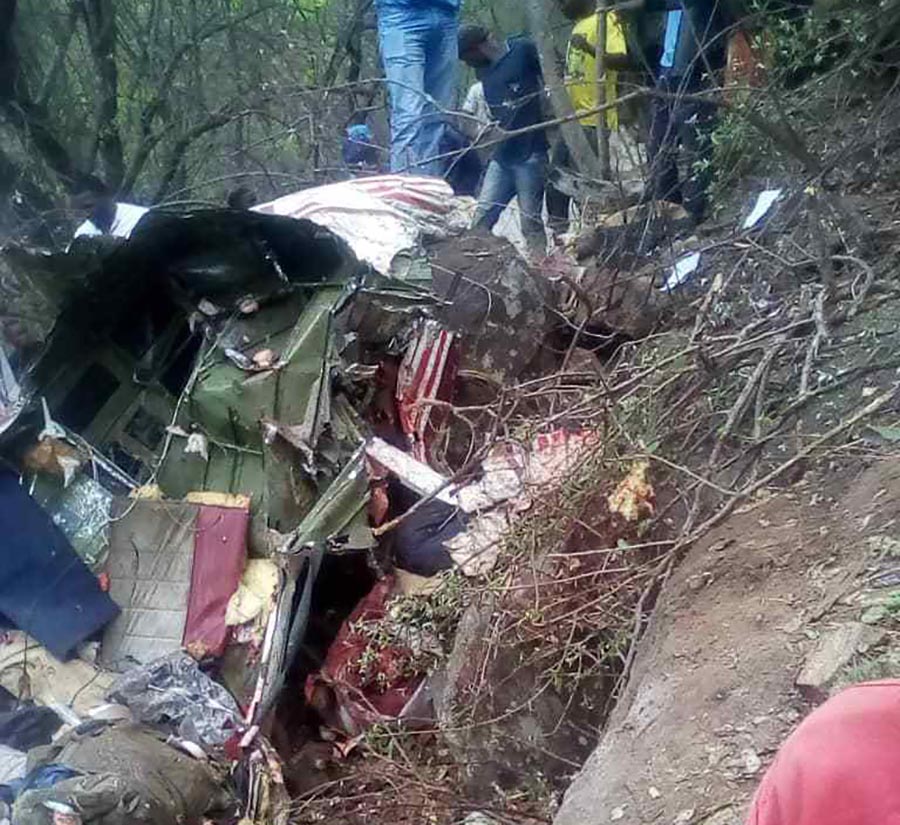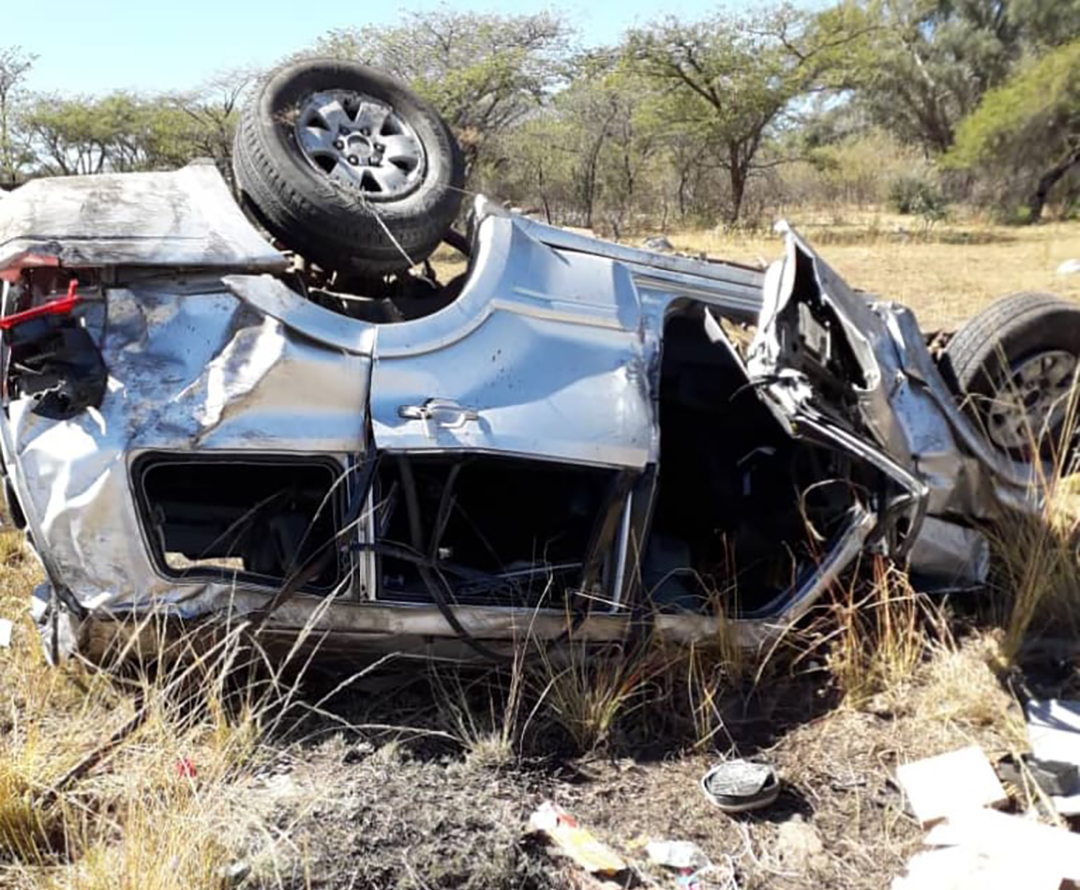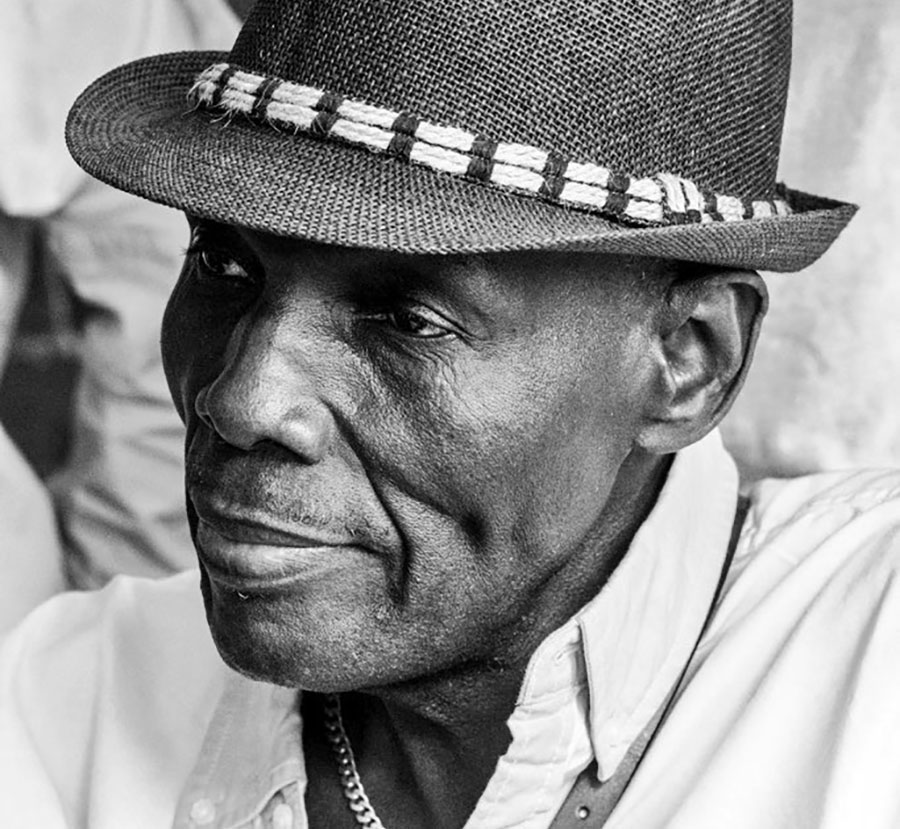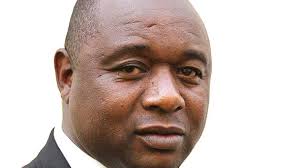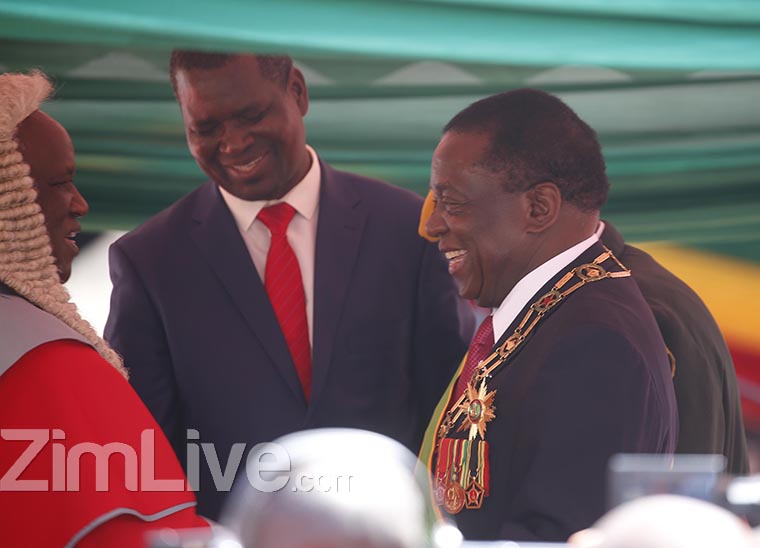HARARE – Zimbabwe conducted its second weekly foreign currency auction on Tuesday with the local dollar trading at an average of 63.7442 to the U.S. dollar, weakening from 57.3582 the previous week.
The Reserve Bank of Zimbabwe on June 23 ended a fixed exchange rate of 25 in place since March after exporters complained that the fixed exchange rate was hurting them. Their costs were based on a black-market rate that was significantly weaker than the official rate.
During Tuesday’s weekly auction, bids amounted to US$18.9 million, up from US$11.4 million in the first week of the new auction system. The RBZ said US$16.3 million was made available.
The lowest bid was 37 Zimbabwe dollars for one U.S. dollar and the highest reached 92 Zimbabwe dollars for one greenback.
Sources of foreign currency for the auction market include part of the export proceeds retained by the central bank, export earnings, remittances and credit from unnamed international banks.
The bulk of the funds sought by bidders through the auction system was to support imports of raw materials, machinery and equipment as well as food and beverages, according to a central bank notice..
Zimbabwe reintroduced its local currency last year after a decade of official use of the U.S. dollar in the economy. But the local currency rapidly lost value, sending prices rocketing and raising fears of renewed hyperinflation.
Meanwhile, the RBZ will raise its main lending rate to 35 percent from 15 percent from Wednesday to curb speculative borrowing, its governor said, as the country grapples with soaring inflation.
“In order to curb speculative borrowing, the Monetary Policy Committee resolved to increase the bank policy rate from the current 15 percent to 35 percent, with effect from July 1, 2020,” John Mangudya said.
Zimbabwe last recorded inflation at 785 percent, while the Zimbabwe dollar plunges.

